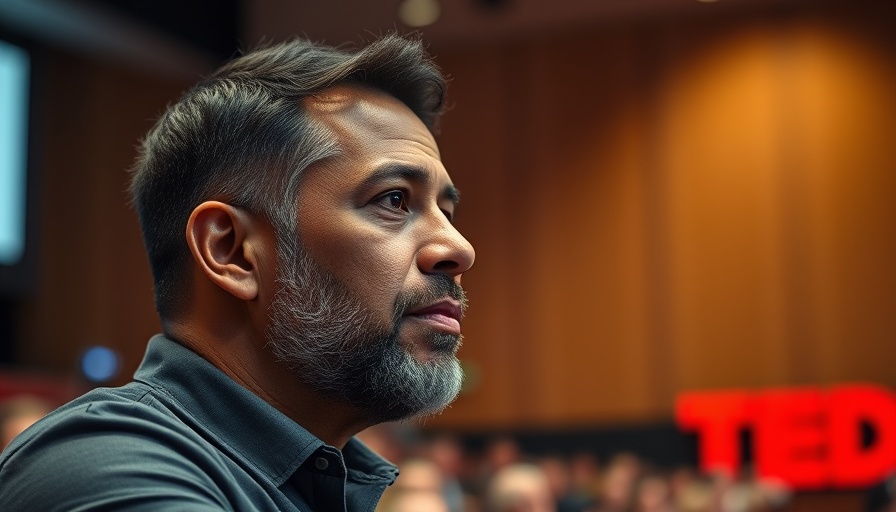
From Gang Wars to Peace Treaties: A Historic Journey
In 1992, Los Angeles hit a crisis point in its fight against gang violence, with homicides reaching alarming levels. Yet, amidst the chaos, a remarkable event took shape: members of the notorious Crips and Bloods came together to broker a peace treaty, emerging from three decades of bloodshed to save their community. This pivotal moment wasn't just a feat of diplomacy; it marked a turning point in public safety and community cohesion.
In The Grassroots Movement Transforming Public Safety, Aqeela Sherrills shares his compelling journey, highlighting crucial insights that we delve into further in this article.
The Power of Community-Led Solutions
As Aqeela Sherrills, a gang member turned peace advocate, notes in his TED talk, the solution to violence isn't solely found in law enforcement or incarceration. Instead, it lies within the communities themselves. Sherrills emphasizes that genuine safety initiatives must involve and empower residents, particularly those most affected by violence. He argues that introducing credible leaders from within neighborhoods can amplify efforts to prevent violence and foster healing, shifting the narrative from punishment to support.
Transformative Programs: Newark's Success Story
Sherrills' work in Newark is a testament to this community-focused strategy. By employing 'credible messengers'—many of whom have personal histories with gangs—his team effectively diminish the potential for violence in real-time. Their initiative not only reduced homicides from 103 to 37 in a decade but also fostered trust and collaboration between community members and local law enforcement.
Challenges of Funding and Support
However, the challenges remain significant. Many grassroots organizations, like Brenda Glass's trauma recovery center in Cleveland, struggle for financial support despite providing essential services. This contrast between the gripping community needs and the red tape surrounding funding reveals a harsh truth—community organizations often lack the resources to sustain their impactful work.
Bridging Gaps in Public Safety
The path forward involves a blend of traditional law enforcement and grassroots initiatives, emphasizing the importance of community engagement in developing effective solutions for public safety. Sherrills’ initiative, Scaling Safety, aims to redefine public safety by coordinating high-impact, resident-led programs. This dual approach is crucial, as it helps bridge the gap between community needs and police resources, setting a new precedent for collective safety efforts nationwide.
Embracing a Broader Definition of Public Safety
Ultimately, public safety shouldn’t be merely the absence of crime but the existence of well-being and support systems for victims. Sherrills tragically experienced this firsthand with the loss of his son, Terrell, a harbinger of the pain left in the wake of violence. Such stories underscore the urgency of creating and funding comprehensive community health and safety initiatives.
True transformation in public safety resonates at the community level, requiring contributions from those who have experienced violence and trauma. It invites local leaders to innovate solutions that not only address symptoms but dig deep into the roots of violence. Aqeela Sherrills' journey from a gang member to a leader in community safety exemplifies the immense potential for change when communities take charge of their safety. This approach nurtures hope, healing, and a promise of a safer tomorrow.
As we push forward, let us amplify the voices of those at the forefront of these grassroots movements and advocate for investments in community-led safety initiatives that inspire cooperation and genuine change.
 Add Row
Add Row  Add
Add 




Write A Comment